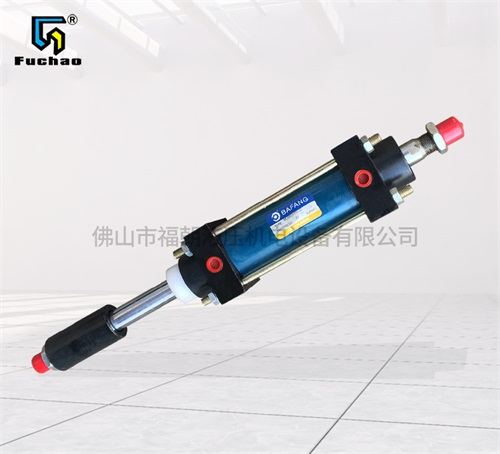Hydraulic cylinder There are many kinds of faults. Here, we will select six common cases to explain respectively, and we can analyze and deal with the actual problems.
(1) Insufficient thrust or unstable action
This problem is very common in cylinder failures. The reason is often due to leakage in the cylinder, dirt entering the overflow valve, air in the cylinder or insufficient pump oil supply. Once it occurs, the hydraulic pressure and speed of the oil cylinder can not meet the working requirements, which may lead to failure or even paralysis in serious cases.
(2) Crawling problem
The creeping phenomenon of oil cylinder is often easy to occur at low speed, which leads to unstable action of oil cylinder. The reason for this problem is mainly due to poor lubrication or excessive machining of oil cylinder diameter, or poor sealing of oil cylinder.

(3) Leakage problem
Internal and external leakage is one of the common faults of oil cylinder. This phenomenon generally occurs in the cylinder block, between the cylinder block and the cylinder head, at the pipe joint, between the piston rod and the bushing, between the piston and the cylinder block, and between the piston and the piston rod.
(4) Foreign matter entering
Foreign matters mixed in the oil cylinder are often difficult to be found by the naked eye, and the time and specific location of the dirt entering are also easy to determine, so full attention must be paid to prevent or minimize the intrusion of foreign matters to avoid serious failure problems.
(5) Shock and buffer
When the cylinder moves rapidly, because the working mechanism has large mass and high momentum and inertia, it often causes collision between the piston and the cylinder head at the end of the stroke, thus forming a strong impact. In order to prevent this phenomenon, the buffer device is generally selected in the oil cylinder, and its structural forms include annular clearance type, adjustable throttle port, variable throttle port and external throttle type.
(6) Abnormal sound and vibration Sometimes abnormal sound or vibration will be generated during the movement of the oil cylinder, but when this situation is not serious, it is generally difficult to be detected. The source of this sound is usually the friction sound of sliding metal surface and the sound of seals.



